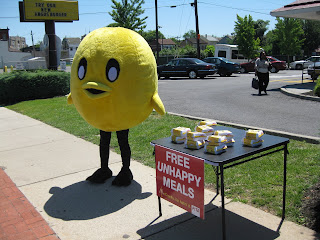.JPG)
Setting the scene, a Nicholas Kristof column in the NYTimes discussed the overload that results from reports of bad news seemingly everywhere, without the balance of good news too. Here’s an excerpt from what he wrote:
I also wonder if our unremitting focus on suffering and unmet needs stirs up a cloud of negative feelings that incline people to avert their eyes and hurry by. Maybe we should emphasize the many . . . successes, . . . .
Then, Tricia Fagan* provided a concrete example of something right happening in the animal world. Her story follows.
To insert a bit of positive balance in the regional tales of our fellow creatures, I did want to share this recent photo of one of "our" turkeys here at the tree nursery in West Windsor with you. The wild turkeys, along with the red fox, have been making a spectacular comeback in this area over the past 3-4 years.
As I type, at least four fuzzy turkey babies are sliding in the dust depressions out back, happy as children in a swimming pool. I'll never forget the afternoon some 4-5 years ago when I was driving down Rt. 29 toward Trenton, and glanced over to see this large, odd bird just trucking along the canal. "Damn!" I say to myself, "that really looks like a turkey!!!" A few months later I discovered, to my amazement, that it was! I take as much joy in our little turkey flock as they seem to take in the sunflower seeds in adjoining yards!
* Artist, writer and gallery director at Mercer County Community College, Fagan blogs at Artallover.blogspot.com. She took the photo at the beginning of this post.
#


